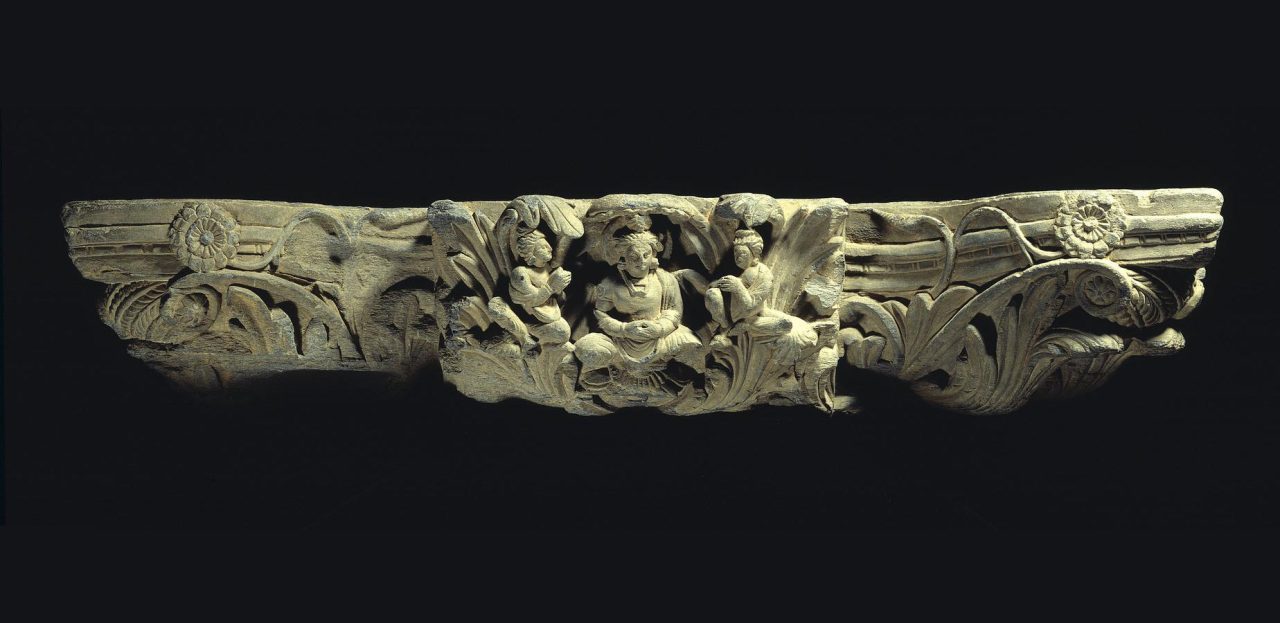Centaurs in the service of the Buddha
Curators guide you through the Ethnological Collections and the Museum of Asian Art
{{ time.start_TS | TS2dateFormat('MMM') }}
{{ time.start_TS | TS2dateFormat('YYYY') }}
| 8 € |
| Please book your ticket in advance online or at the box office in the foyer. |
| monthly on the first Wednesday at the Museum of Asian Art, on the second Wednesday at the Ethnological Collections |
| Dates and ticket booking for the coming month will be activated at the end of the previous month. |
| Duration: 60 min |
| 16 years and older |
| German |
| Asia, 3rd floor |
| max. 20 persons |
In the first 500 years of our era, the area that is now Pakistan was predominantly Buddhist land. Especially in the northwest region – then called Gandhara – many monasteries and stupas (reliquaries) littered the land. Generous endowments allowed them to be furnished with wonderful devotional images. The special charm of Gandhara art, however, lies not only in the meditative silence of its Buddha statues and figure-rich narrative joy. Since the archaeological rediscovery of the shrines in the 19th century, the pictorial works of Gandhara have fascinated Western viewers in particular with their clearly recognizable Mediterranean-ancient touch. In the Humboldt Forum, striking examples of this phenomenon can be seen for the first time in the permanent exhibition. Using the example of Buddhist artifacts with centaurs, leogryphs, Corinthian capitals and the like, curator and Gandhara specialist Martina Stoye explains how these motifs were transformed in South Asian antiquity and put at the service of Buddhist messages.
Martina Stoye guides through the Museum of Asian Art with the curator’s particular view.
